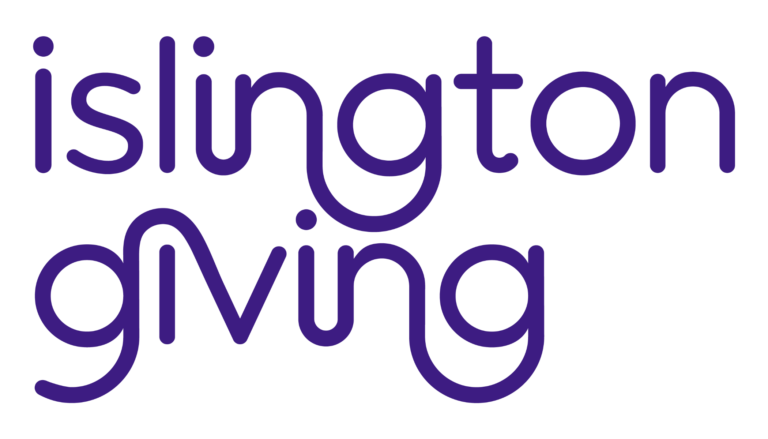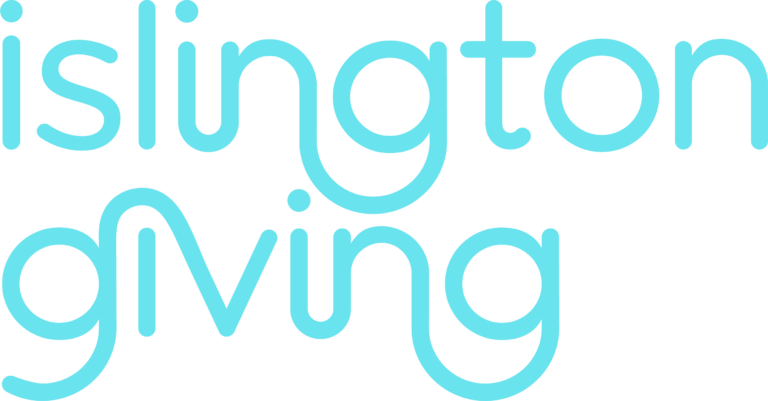Disability
Islington Giving is dedicated to supporting organisations’ capacity to be inclusive so people living with disabilities can make the most of what’s on offer in Islington.
The context
Islington has the highest rate of people living with a disability at 16.2% (almost 40,000 people) compared to the London average of 13.2% (Census, 2021).
People with disabilities including learning disabilities experience greater risk of poverty, unemployment and poor housing. In fact disabled jobseekers need to apply for 60% more jobs than non-disabled jobseekers. They are also more likely to feel lonely and isolated, as well as to have health problems and to experience mental health issues than people without disabilities. According to a recent survey in Islington, people living with self-identified disability are less likely to experience kindness when accessing public library, schools, colleges and universities, and early years setting.
Islington Giving’s Disability Fund
Islington Giving’s Disability Fund aims to support organisations capacity to be inclusive so people living with disabilities can access the range of arts, culture, sport and other offers in Islington and services are more reflective of Islington’s diverse communities.
Grants of up to £3,000 are available to organisations who have received funding from Islington Giving, Cripplegate Foundation or Islington Council’s Community Chest in the last 18 months. Funds can be used to enable organisations to identify, resource and remove barriers to people living with disabilities from taking full advantage of what is on offer in Islington.
The Disability Fund will make funds available to:
1. Support an individual or group of individuals living with a disability to engage with a service, opportunity or activity. This could for example pay for a support worker or volunteer expenses to provide 1:1 support for an individual with epilepsy who needs close supervision / dedicated support whilst participating in a service;
2. Organisations who identify ways their service can develop to be more inclusive, for example for staff training, recruiting disability advisors or to review/adapt the organisation’s communications so people with disabilities are visually represented, indicating that their services are open to all.


